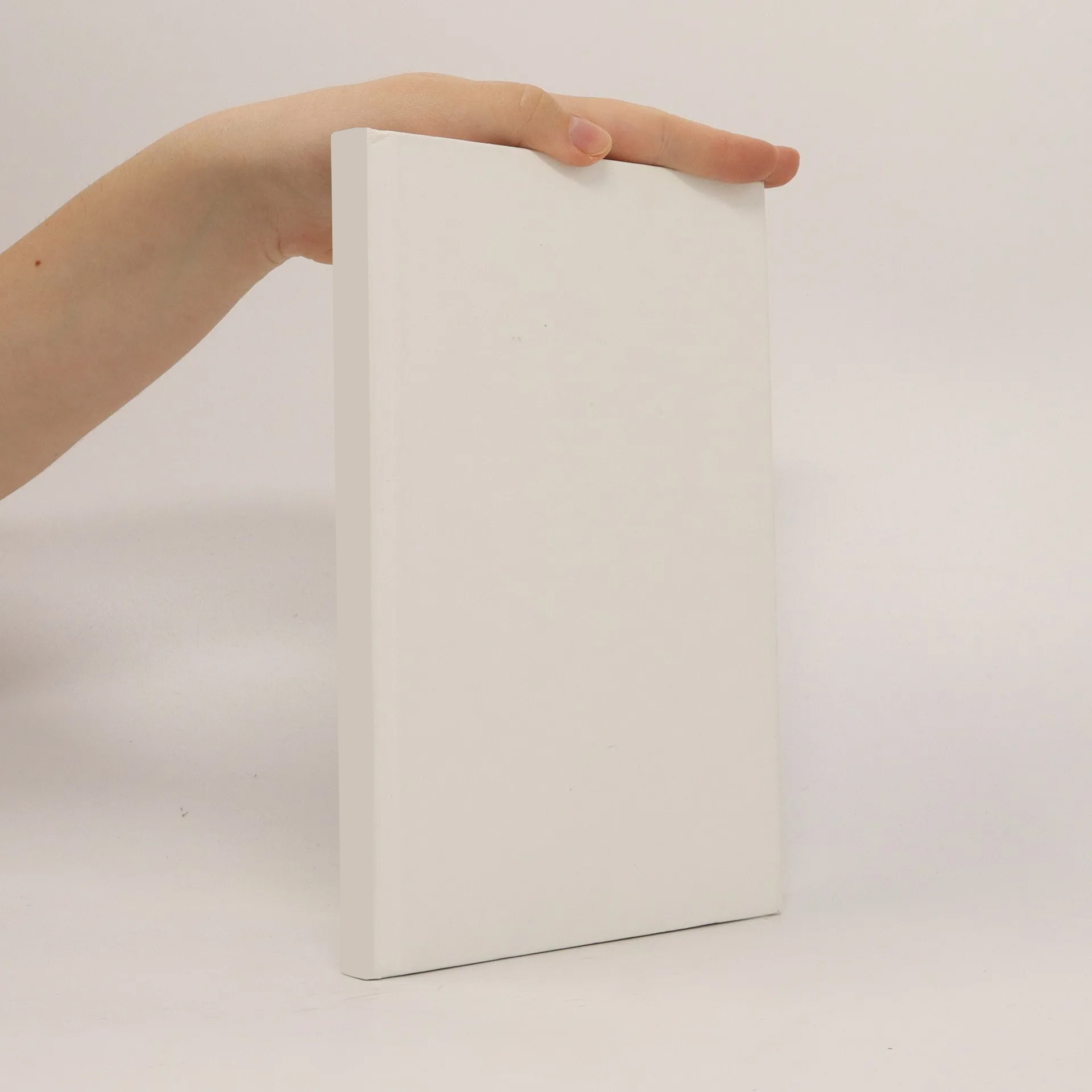
Parametry
Více o knize
Gegenstand der Studie sind Grabfunde der jüngeren Römischen Kaiserzeit, der Völkerwanderungs-, Merowinger- und Karolingerzeit aus Südostniedersachsen. Erforscht wird der Wandel der Grabsitten über 600-700 Jahre auf häufig kontinuierlich belegten Gräberfeldern. Ausgangspunkt aller Überlegungen ist die stilistische Datierung der verwendeten Grabkeramik. Das praktizierte Bestattungsbrauchtum weist Eigenheiten auf, die den untersuchten Raum von den übrigen Regionen Nord- und Mitteldeutschlands abheben. Die Brandbestattung ist bis weit in merowingische Zeit die einzige hier nachweisbare Grabform. Der Ostteil des Gebietes erscheint dabei elbgermanisch geprägt, der Westteil eher rheinweser-germanisch. Die Anlage von Grabhügeln, aber auch die Urnenformen der RKZ lassen Bezüge zum Raum nördlich der Aller deutlich werden. Elitegräber und damit zugleich die ältesten Körpergräber treten erstmals im 6. Jh. auf. Ab dem 7. Jh. beginnt eine Angleichung der Grabsitten an die der Nachbargebiete; im 8./9. Jh. wird wie überall die orientierte Körperbestattung üblich. Die erhobenen Befunde erlauben neue Antworten auf Fragen der Ethnogenese der Sachsen. This study deals with graves of the Later Roman period, the Migration period, Merovingian, and Carolingian times in south-eastern Lower Saxony. The author investigates the change of burial rites over 600-700 years on cemeteries which were often used without interruption. The starting point of all considerations is the stylistic dating of the grave pottery. The practised burial custom shows peculiarities distinguishing it from all other regions of northern and central Germany. Far into Merovingian times, cremation remained the only documented burial mode here. The eastern part of the area shows an Elbe-Germanic influence, the western part has rather Rhine-Weser-Germanic features. The construction of barrows, but also the urn types of the Roman period indicate connections with the area north of the river Aller. Elite graves and at the same time the earliest inhumations occurred in the 6th century. From the 7th century onwards an assimilation of burial rites towards those of the neighbouring areas began; in the 8th/9th century oriented inhumations became current as everywhere else. The documented evidence allows new answers to questions of the ethnogenesis of the Saxons.
Nákup knihy
Frühgeschichtliche Grabfunde zwischen Harz und Aller, Babette Ludowici
- Jazyk
- Rok vydání
- 2005
Doručení
Platební metody
Nikdo zatím neohodnotil.